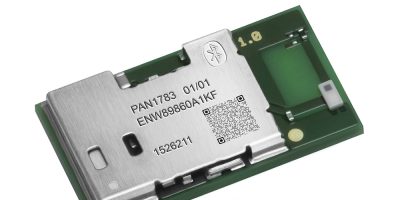HSYCO has announced the launch of its new Shelly Driver, transforming the way homes and businesses manage energy, lighting, and automation. As the demand for energy-conscious and IoT-driven solutions continues to rise, HSYCO’s Shelly integration provides seamless, future-proof automation for residential, commercial, and industrial applications.
With this latest addition, HSYCO empowers users to instantly connect and control Shelly’s Wi-Fi-enabled smart relays, sensors, and energy meters—maximising efficiency and convenience. Whether it’s reducing energy consumption, enhancing security, or streamlining automation, the Shelly Driver delivers flexibility for both small-scale smart homes and large commercial automation projects.
Key Features
Effortless Connectivity – Instantly integrate Shelly devices with HSYCO’s powerful automation platform.
Real-Time Monitoring & Control – Easily manage and track Shelly smart relays, plugs, and sensors via HSYCO’s fully customisable, web-based graphical interface.
Scalable & Flexible – Suitable for both small-scale smart homes and large commercial automation projects, tailored to meet unique user needs.
Enhanced User Experience – A streamlined interface for intuitive control and seamless automation.
Smarter Energy Management – Gain real-time valuable insights to reduce energy consumption and improve sustainability.
Free iOS and Android App and wearable support
Why Choose HSYCO’s Shelly Driver?
Plug & Play – Simple setup for quick deployment.
Interoperability – Connect Shelly devices with 100+ protocols already supported by HSYCO.
Custom Automation – Build tailored automation scenarios to meet unique needs.
Secure & Reliable – Ensure safe and stable operation in any environment.
About HSYCO
HSYCO is a versatile supervision platform that supports over 100 protocols and is continually evolving to integrate emerging technologies. It simplifies the creation of secure, scalable solutions for industrial and building automation. With a graphical interface, HSYCO streamlines control, enhances user experience, and minimises operator training. Integration and interoperability optimise efficiency, reducing duplicative activities and costs in field systems. The platform ensures safety by combining functionalities and automating responses to alarms. HSYCO provides a secure umbrella for diverse systems, correcting unexpected behaviours and preventing unauthorised activities for enhanced security. Customisable and open for developers, HSYCO offers a powerful API based on Java and JavaScript languages. It caters to complex installations while remaining easy to maintain.







